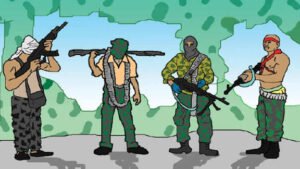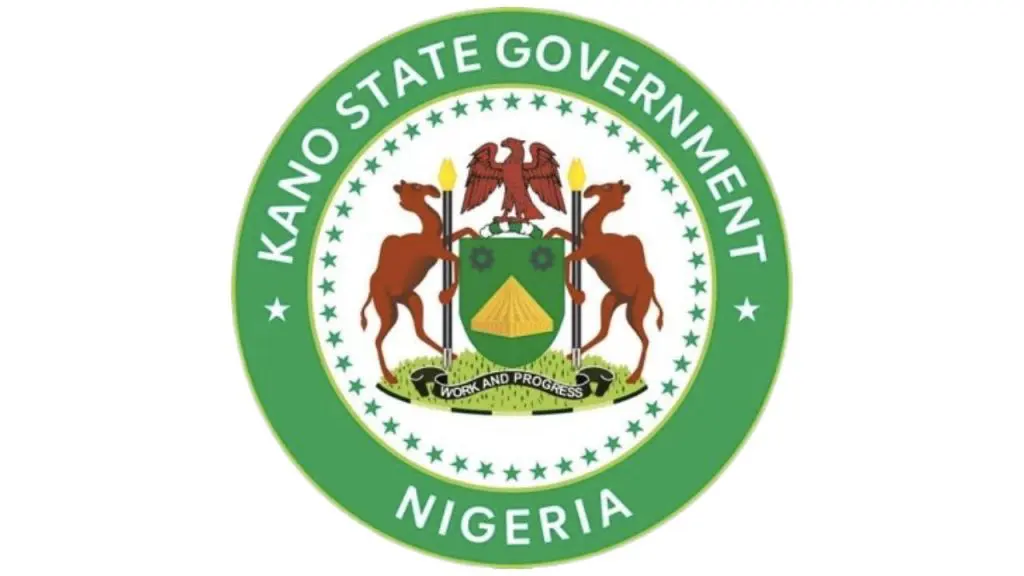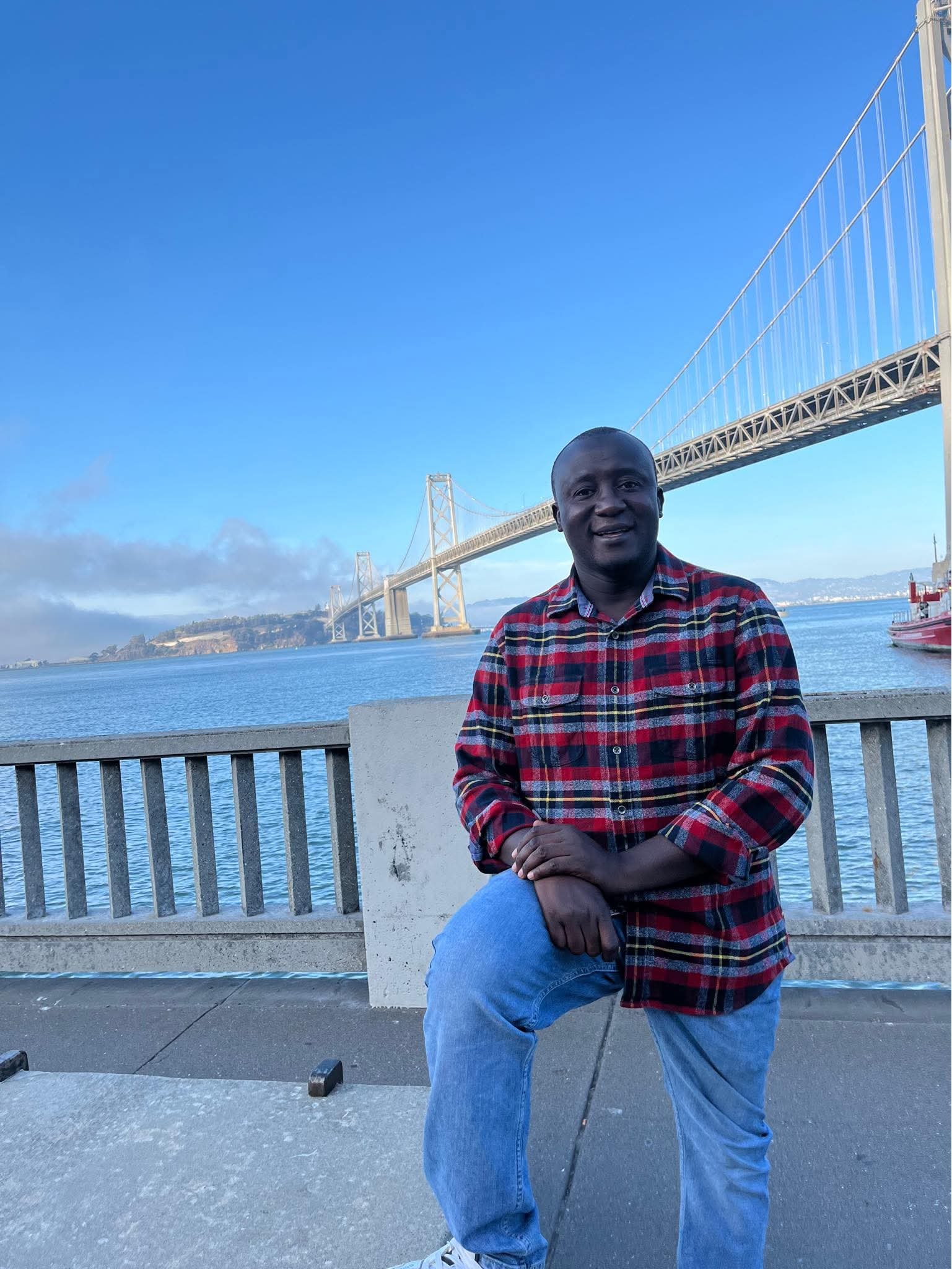The Sahel’s Burning Horizon: Why Insecurity Here Matters to Us All
By Comrade Sanusi A. S. Maikudi
(sanusihmaikudi@yahoo.com)

When former UN Special Representative Dr. Mohammed Ibn Chambas addressed the News Agency of Nigeria’s International Lecture Series recently, his warning was clear: the insecurity consuming the Sahel is not just a regional issue; it is a looming danger for Nigeria and the world. His call was not merely academic. It was a moral and strategic appeal for Nigerians to see the fires raging beyond their northern borders as both a warning and a lesson.
For too long, crises in Mali, Niger, Burkina Faso, Nigeria and Chad have been viewed as distant troubles. But in Chambas’ words, and in the lived experiences of millions of Sahelians, the message is urgent: the collapse of governance, the rise of violent groups, and the fusion of climate stress with armed conflict are trends that Nigeria cannot afford to ignore.
At the edge of the Sahara, where desert winds meet fragile grasslands, a woman named Awa sits under a torn tarpaulin in a camp near Mopti, Mali. She holds her infant close as dust swirls into her eyes. “The rains stopped, then the men with guns came,” she says. Her farm lies abandoned, her husband missing. Her story is not unique, it is the reality of millions across the Sahel, where insecurity has turned daily life into an endless gamble between hunger, displacement, and violence.
The Roots of a Crisis
The insecurity now consuming the Sahel is layered over a long and complicated history. Colonial borders fractured communities, forced pastoralists and farmers into uneasy coexistence, and planted seeds of grievance. Post-independence governments, often authoritarian and centralized, struggled to build legitimacy across vast, diverse territories.
In the 1970s and 1980s, devastating droughts pushed millions into hunger. As Christian Parenti noted in Tropic of Chaos, climate change was not only drying wells but fueling conflict: herders migrated south in search of pasture, farmers defended their shrinking lands, and violence over resources became routine.
The fall of Muammar Gaddafi in Libya in 2011 poured fuel on the fire. Weapons stockpiled in Tripoli flooded southward. Tuareg fighters reignited rebellions in Mali. Extremist groups such as the AQIM, ISGS, Boko Haram and other smaller local groups exploited the chaos, embedding themselves in local grievances and expanding their reach.
Robert Kaplan’s Coming Anarchy foresaw this spiral: when states weaken and resources vanish, survival becomes militarized, and violence becomes the organizing principle.
The Expanding Drivers of Violence
1. Climate and Scarcity
The Sahel is warming at 1.5 times the global average. Rains are erratic, harvests less reliable, and Lake Chad once a lifeline for 30 million people has now shrunk by 90% in 60 years. A farmer in Burkina Faso put it simply: “When the rains fail, the gunmen come.”
2. Weak States and Fragile Governance
Across the Sahel, state authority often stops at the gates of the capital. Coups in Mali, Burkina Faso, and Niger have deepened distrust. Kaplan’s warning echoes here: where governance fails, the jungle of survival takes over.
3. Extremist Insurgencies
Groups like Boko Haram and ISGS thrive not on ideology alone but on grievance. One in four extremist recruits in Africa cite lack of jobs as their primary motivation (UNDP). Where hope disappears, violence becomes an economy.
4. Illegal Mining and Shadow Economies
From Niger’s gold fields to Mali’s pits, unregulated mining fuels armed groups. These illicit revenues rival state budgets. Children dig while warlords and extremists reap the wealth. As one Nigerien activist lamented: “Our gold feeds the guns that kill us.”
The Human Toll
7 million displaced across the Sahel.
2 million displaced in Burkina Faso alone.
Schools, markets, and clinics burned. Farmers abandoning fields.
In Chad, Fatima, a teacher, recalls militants burning her school: “They came shouting. They burned our books. The children scattered. Some never came back.”
In Niger, 14-year-old Issa works in an illegal gold pit after his father was killed in a raid. “The gold dust is in my eyes, in my lungs,” he says. “But if I don’t work, we don’t eat.”
This is what insecurity means not just numbers, but shattered lives.
Lessons and Warnings for Nigeria
For Nigeria, the Sahel’s story is not distant. It is a mirror.
North-East Nigeria has lived through Boko Haram and ISWAP insurgency for more than a decade. Like Mali and Burkina Faso, extremist groups rooted themselves in grievances of neglect, corruption, and youth unemployment.
North-West banditry mirrors Sahelian dynamics: armed groups taxing villages, raiding farms, abducting children, and exploiting porous borders.
Farmer-herder conflicts echo across Benue, Plateau, Kaduna etc driven by climate stress, population growth, and weak conflict-resolution mechanisms.
Illegal mining in Zamfara, Kaduna and Niger states has fueled violence, just as in Burkina Faso and Mali. Militias and criminal gangs profit from gold smuggling, undermining security.
Youth unemployment remains a ticking time bomb. With over 33% of Nigerian youth unemployed, extremist recruiters and bandits find a fertile ground similar to that of the Sahel.
The warning is stark: if Nigeria does not confront these challenges with urgency, it risks sliding further into the same vortex of insecurity now engulfing its neighbors.
Regional and Global Stakes
Migration: Insecurity pushes migration northwards, straining Europe’s borders.
Terrorism Export: Sahelian groups connect with global jihadist networks. Nigeria’s stability is a frontline defense.
Resource Competition: Uranium, oil, gold, and rare minerals make the region a prize for global powers — and a battlefield for shadow economies.
Humanitarian Costs: Billions in aid cannot substitute for peace.
As Kaplan wrote, “The coming anarchy will be felt not just where it originates, but everywhere.”
A Call to Action
Local Action
Nigerian leaders must invest in inclusive governance and service delivery.
Community dialogues between farmers and herders must be scaled up.
Jobs and education for youth must be treated as security priorities.
Regional Action
ECOWAS and AU must strengthen joint security initiatives.
Sahelian and Nigerian states must regulate mining, starving armed groups of revenue.
Regional climate resilience projects must move beyond pilot status.
International Action
Global actors must stop seeing the Sahel only through a military lens; development and governance are equally urgent.
Climate finance must reach frontline communities.
Mining corporations must enforce clean supply chains.
Conclusion: A Future Still Possible
Awa in Mali, Fatima in Chad, Issa in Niger, Tani in Zamfara, Chindu in Plateau they want dignity, not pity. They want schools, farms, jobs, and peace. Their fate is tied to Nigeria’s own.
The insecurity of the Sahel is not inevitable. It is the product of neglect and poor choices. Better choices are still possible. But as Ibn Chambas warned, Nigeria and its neighbors must act now.
The Sahel is not just burning at the horizon; its embers already glow within Nigeria. To ignore them is to risk being consumed by the same fire.
Comrade Sanusi A. S. Maikudi FNIM is an entrepreneur, politician and member of Active Citizen Network for Justice, Kaduna





